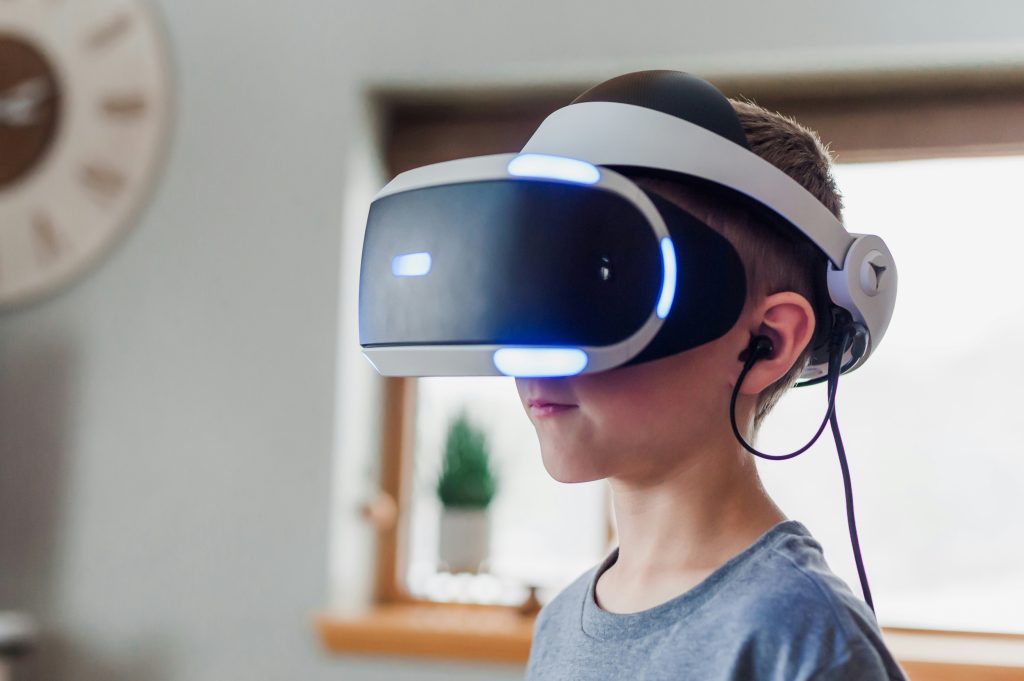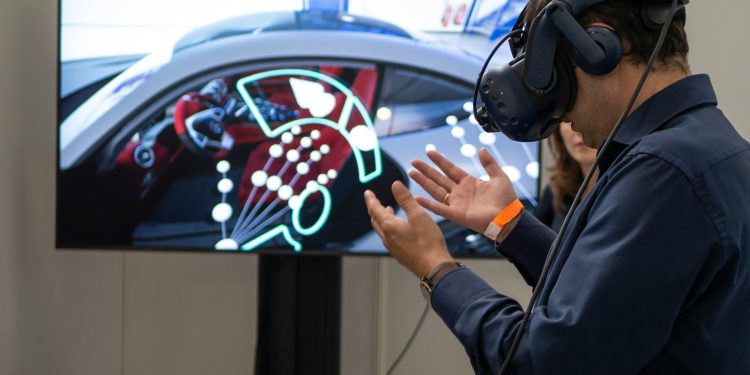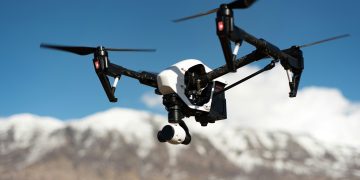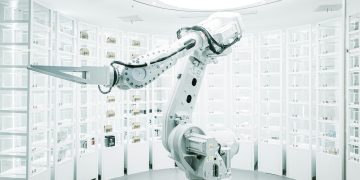In the ever-evolving landscape of technology, Augmented Reality (AR) and Virtual Reality (VR) stand out as transformative forces reshaping industries and enhancing human experiences. From immersive gaming experiences to cutting-edge medical simulations, AR and VR have transcended novelty to become integral tools driving innovation and efficiency. As the global market for AR and VR continues to soar, with projected revenues reaching $72.8 billion by 2024, it’s evident that these technologies are here to stay. In this comprehensive exploration, we delve into the myriad applications, benefits, and future implications of AR and VR, highlighting their role in shaping the future of human interaction and experience.
The Rise of Augmented Reality (AR) and Virtual Reality (VR):
Augmented Reality (AR) and Virtual Reality (VR) have experienced exponential growth in recent years, fueled by advancements in hardware and software capabilities. AR overlays digital information onto the physical world, enhancing real-world experiences, while VR immerses users in entirely virtual environments. These technologies have captured the imagination of consumers and businesses alike, driving investment and innovation across various sectors.
Applications Across Industries:
AR and VR have found applications across a diverse range of industries, revolutionizing traditional processes and unlocking new possibilities. In the realm of healthcare, VR simulations are used for surgical training and patient therapy, while AR technologies enable surgeons to overlay patient data during procedures. In the field of education, AR enhances learning experiences by bringing subjects to life, while VR transports students to virtual classrooms and historical sites. Retailers utilize AR to offer virtual try-on experiences and personalized shopping recommendations, while architects and engineers leverage VR for immersive design reviews and virtual walkthroughs.
Keyword: Healthcare, education, retail, architecture, engineering, immersive training, virtual classrooms, virtual try-on, design reviews

Benefits and Advantages:
The adoption of AR and VR technologies offers numerous benefits and advantages for businesses and consumers alike. In the healthcare sector, VR simulations reduce training costs and improve patient outcomes, while AR-enhanced surgeries increase surgical precision and efficiency. In retail, AR-driven virtual try-on experiences boost customer engagement and reduce return rates, leading to increased sales and brand loyalty.
Future Implications and Opportunities:
As AR and VR technologies continue to evolve, their future implications and opportunities are vast and far-reaching. The integration of AR wearables and VR headsets into everyday life will blur the lines between the physical and digital worlds, transforming how we work, play, and communicate. In the realm of entertainment, VR experiences will become more immersive and interactive, revolutionizing storytelling and gaming. In the enterprise sector, AR-powered remote assistance and collaboration tools will enable global teams to work together seamlessly, regardless of geographic location.
Keyword: Integration, wearables, immersive entertainment, remote collaboration, global teamwork, interactive storytelling
Conclusion:
In conclusion, Augmented Reality (AR) and Virtual Reality (VR) are revolutionizing industries and enhancing human experiences in unprecedented ways. From healthcare and education to retail and entertainment, the applications of AR and VR are vast and varied, with the potential to reshape the future of how we live, work, and interact. As technology continues to advance, the possibilities for AR and VR are limitless, offering endless opportunities for innovation and growth. Embracing these transformative technologies is not only essential for staying competitive in today’s digital age but also for shaping a more connected, immersive, and efficient future for generations to come.
Frequently Asked Questions (FAQs):
1: What is the difference between Augmented Reality (AR) and Virtual Reality (VR)?
Augmented Reality (AR) overlays digital information onto the real-world environment, enhancing real-world experiences with digital elements. Virtual Reality (VR), on the other hand, immerses users in entirely virtual environments, blocking out the physical world and replacing it with a computer-generated environment.
2: What are some examples of AR and VR applications?
AR applications include virtual try-on experiences in retail, AR-enhanced navigation in mobile apps, and AR-driven maintenance and repair workflows in industrial settings. VR applications range from immersive gaming experiences to virtual training simulations in fields like healthcare and aviation.
How are AR and VR technologies used in healthcare?
In healthcare, AR technologies are used for surgical navigation, patient education, and medical training simulations. VR is utilized for surgical training, therapy for phobias and PTSD, and pain management techniques.
What are the benefits of AR and VR adoption for businesses?
AR and VR adoption offer benefits such as improved training outcomes, increased customer engagement, streamlined processes, reduced costs, and enhanced productivity. These technologies also provide opportunities for businesses to differentiate themselves in the market and stay ahead of competitors.
What are some challenges associated with AR and VR adoption?
Challenges include the high costs of hardware and software development, the need for specialized skills and expertise, concerns about data privacy and security, and potential barriers to user acceptance and adoption.
How do AR and VR technologies impact education and training?
AR and VR technologies enhance learning experiences by making subjects more engaging and interactive. They provide immersive simulations for training purposes, allowing users to practice skills in a safe and controlled environment.
What are the future implications of AR and VR technologies?
Are there any ethical concerns with AR and VR?
Yes, there are concerns about privacy, data security, and potential misuse of AR and VR technologies.












